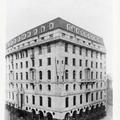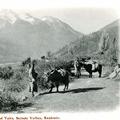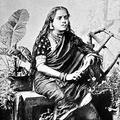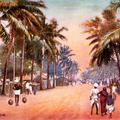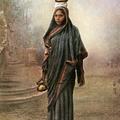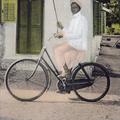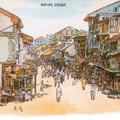Damayanti
[Original caption] Damayanti is creeping stealthily to catch the golden Hansa. [end]
In the Mahabharata Hansa, the swan, extolls the virtues of King Nala to her and says "If the peerless wed the peerless—blessed must the union be," in one of the


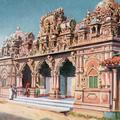
![La Guerre Europeenne de 1914 [The European War 1914] La Guerre Europeenne de 1914 [The European War 1914]](https://www.paperjewels.org/sites/default/files/styles/square_thumbnail/public/slides/la-guerre-europienne-de-1914.jpg?itok=HBwYAltn)
